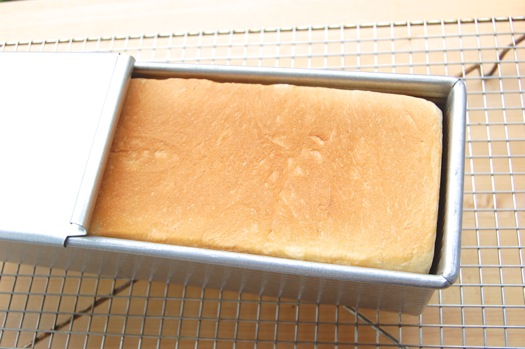Hokkaido Milk Bread Recipe
This milk bread isn’t as sweet as many other recipes. If you like yours sweeter you can add up to 3 ounces of sugar to this basic formula. Note that I’m making twice the amount of tangzhong as I need, but it’s tough to make half of this without overcooking it, much less getting it all out of the pan!
For the Tangzhong
1.6 ounces (1/3 cup) bread flour
4 ounces (1/2 cup) water
4 ounces (1/2 cup) milk
Combine all the ingredients in a medium saucepan. Whisk the mixture over medium-low heat until “tracks” appear on the surface and it thickens noticeably. Set it aside to cool completely. Place plastic wrap over it to prevent a skin form forming. The tangzhong can be used immediately or up to two days later.
READ ON